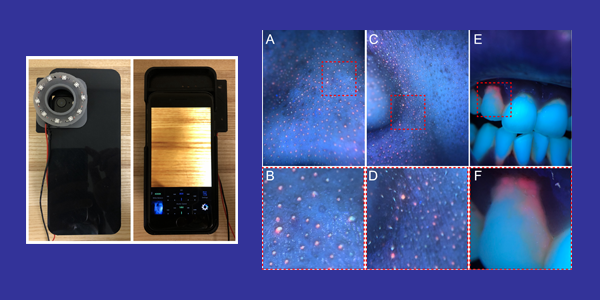
Smartphone camera can detect bacteria
Researchers have developed a method that uses smartphone-derived images to identify potentially harmful bacteria on skin and in oral cavities. And can visually identify microbes on skin contributing to acne and slow wound healing, as well as bacteria in the oral cavity that can cause gingivitis and dental plaques.
The team combined a smartphone-case modification with image-processing methods to illuminate bacteria on images taken by a conventional smartphone camera. This approach yielded a relatively low-cost and quick method that could be used at home to assess whether potentially harmful bacteria are present on skin and in the oral cavity.
Smartphone cameras are essentially funnel all the different wavelengths of light in the visual spectrum into three different colours—red, green and blue. Every pixel in a smartphone-generated image is a combination of those colours. But bacteria emit many colours beyond red, green and blue, which a typical smartphone camera miss.
The team augmented the smartphone camera's capabilities by attaching a small 3D-printed ring containing 10 LED black lights around a smartphone case's camera opening.
The LED lights 'excite' a class of bacteria-derived molecules called porphyrins, causing them to emit a red fluorescent signal that the smartphone camera can then pick up.
This initial study's success could form the basis of new home-based methods to assess basic skin and oral health.
 English
English Arabic
Arabic


